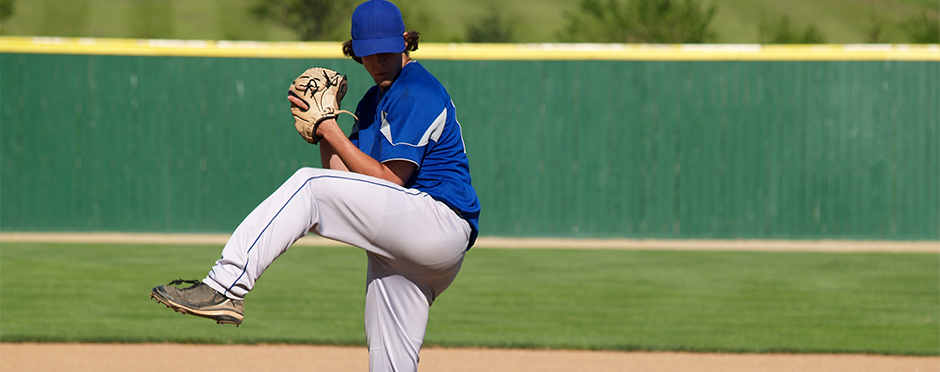
Beyond the Arm: 3 Ways to Maximize Performance in Overhead Athletes
Leave a CommentAs the weather warms up, many athletes are heading to the baseball and softball fields for a summer packed with nonstop practices, games and tournaments. Regardless of their experience, these athletes want to perform at their highest possible level while also staying healthy. Luckily, performance enhancement and injury prevention go hand-in-hand in the throwing athlete.
When we think of the throwing motion, we always think of the arm. However, most of the power in the throwing motion actually comes from the lower body! With that in mind, here are three simple ways to address the lower body and trunk to maximize performance while also preventing an injury that may keep you off the field.
1. Don’t skip leg day.
To maximize the power behind your throws, building strength of the hips and legs is crucial. Not only will this help to deliver the ball quicker, but it will decrease the amount of work the arm has to do, preventing injuries from occurring.
To build this lower body strength and power, you can perform these two exercises:
- Single leg squats: With one leg on a box or bench, lower your body straight down toward the ground while keeping your hip, knee and ankle all aligned on the stance leg. Be sure to stand tall and avoid letting your stance knee buckle in. Perform 2-3 sets of 8-12 squats on each leg.
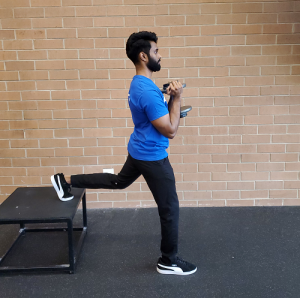
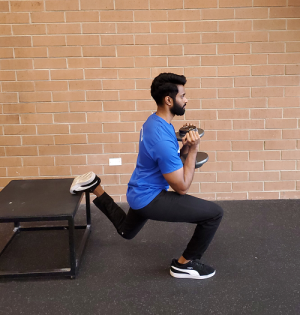
- Broad jumps: Standing with your feet shoulder-width apart, rock your hips back before exploding in a forward jump. Perform three sets of five jumps.
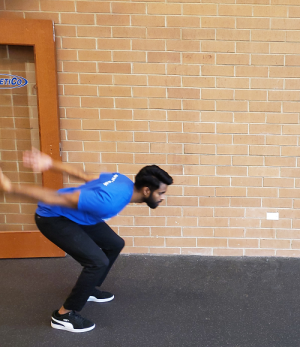
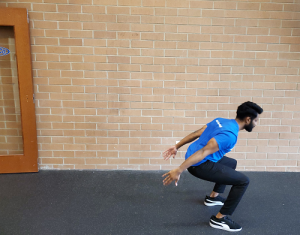
2. Build strength and control of trunk rotation.
Once the power for the throwing motion is generated by the legs, the trunk transfers the energy up the kinetic chain to the arm. For this energy to be transferred effectively, the trunk must be able to rotate powerfully toward the target in a controlled manner.
- You can improve trunk rotation with a side-to-side medicine ball slam: Start by holding a medicine ball at your chest, lift the ball overhead as you rotate your hips and trunk to the left, then slam the ball just outside the left foot. Catch the ball on the bounce, lift the ball overhead as you rotate your hips and trunk to the right, and then slam the ball just outside the right foot. Repeat 2-3 sets of 3-5 times each direction.
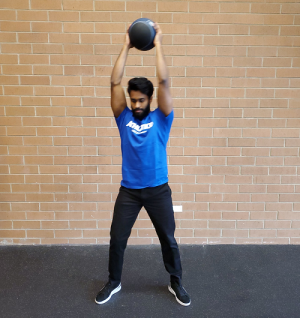
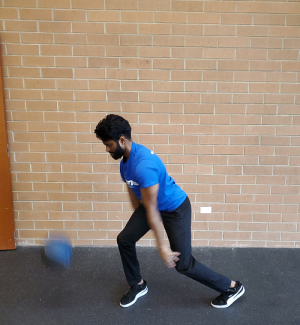
3. Keep your thoracic spine mobile.
To make the most of the force generated by the legs, achieving good hip-shoulder separation during the throwing motion winds the trunk up and allows a greater release of power. This occurs when the hips rotate toward the target after pushing off the back leg, followed by the shoulders. To achieve this hip-shoulder separation, good thoracic rotation mobility is necessary.
- Performing a thoracic rotation stretch will help you achieve good hip-shoulder separation: Starting on all fours, rock your hips back toward your heels. This helps to lock the lower back and ensure we are stretching mostly the thoracic spine. Once your hips are rocked back, place your right hand behind your neck and rotate your upper body to the right, trying to turn your chest toward the ceiling. Hold this position for 3-5 seconds and return to the starting position. Perform these 10 times in each direction.
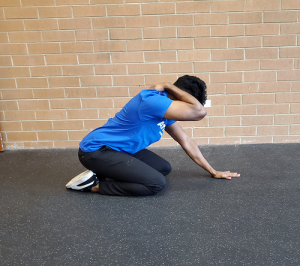
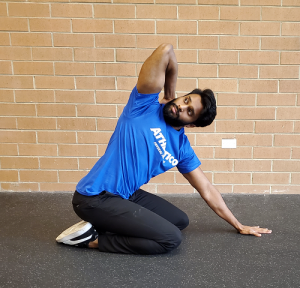
These exercises should keep you at the top of your game while also keeping you on the field. However, if you do experience an injury, be sure to schedule a free assessment at your nearest Athletico clinic.
The Athletico blog is an educational resource written by Athletico employees. Athletico bloggers are licensed professionals who abide by the code of ethics outlined by their respective professional associations. The content published in blog posts represents the opinion of the individual author based on their expertise and experience. The content provided in this blog is for informational purposes only, does not constitute medical advice and should not be relied on for making personal health decisions.
References:
1. Miyashita, Koji, et al. “Glenohumeral, scapular, and thoracic angles at maximum shoulder external rotation in throwing.” The American journal of sports medicine 38.2 (2010): 363-368.
2. Laudner, Kevin, et al. “Thoracolumbar range of motion in baseball pitchers and position players.” International journal of sports physical therapy 8.6 (2013): 777.
3. Kibler, W. Ben, Joel Press, and Aaron Sciascia. “The role of core stability in athletic function.” Sports medicine 36.3 (2006): 189-198.
4. Oliver, Gretchen D., Wendi H. Weimar, and Hillary A. Plummer. “Gluteus medius and scapula muscle activations in youth baseball pitchers.” The Journal of Strength & Conditioning Research 29.6 (2015): 1494-1499.
